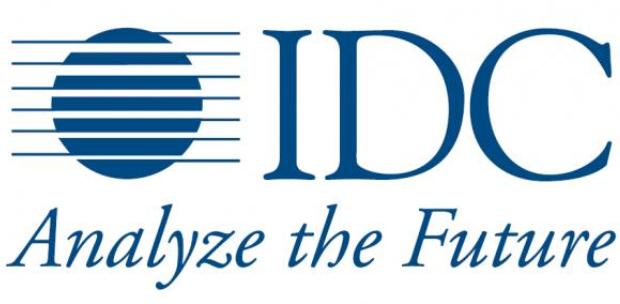The International Data Corporation (IDC) has released a report which states that the worldwide expenditure on 3D printing will witness a five-year compound annual growth rate (CAGR) of 22.3%, from $13.2 billion in 2016 to up to $28.9 billion in 2020. In the report, it is estimated that the United States will account for 25% of the global revenues of 3D printing. Western Europe/Asia/Pacific and Japan will account for 50% of the remaining revenues. The rest of the revenues are generated by Africa, Central and Eastern Europe. Western Europe seems to be the fastest growing regions for generating 3D printing revenues and might pose a stiff competition to the U.S in future.
Christopher Chute, the vice president of Customer Insights and Analysis at the IDC, said that as the 3D printing market will grow, it will not be restricted to North America. Western Europe and Asia/Pacific are strong markets for 3D printing and are growing rapidly. In fact, half these regions are expected to experience revenue growths of more than 200% by 2020.
The report also states the breakup of spending in the various areas of 3D printing applications. In 2016, automotive design and rapid prototype printing generated (over $3.9 billion) of revenues, while spending for aerospace and defense parts printing reached nearly $2.4 billion, and tools and component printing will also be a major field.
Dental printing, medical implants, device printing, and product and prototype printing sectors are also going at a fast pace and they will generate revenues worth $1 billion. The 3D printing services in the healthcare sector will be significantly active by 2020 and are expected to generate revenues worth $1.3 billion. With a greater variety of 3D printers and materials and lower prices, 3D printing is being increasingly used more the market. This was stated by Carla La Croce, an IDC research analyst.
The IDC has compiled this report for the IT decision makers to help them compile the market trends for the next 5 years.
